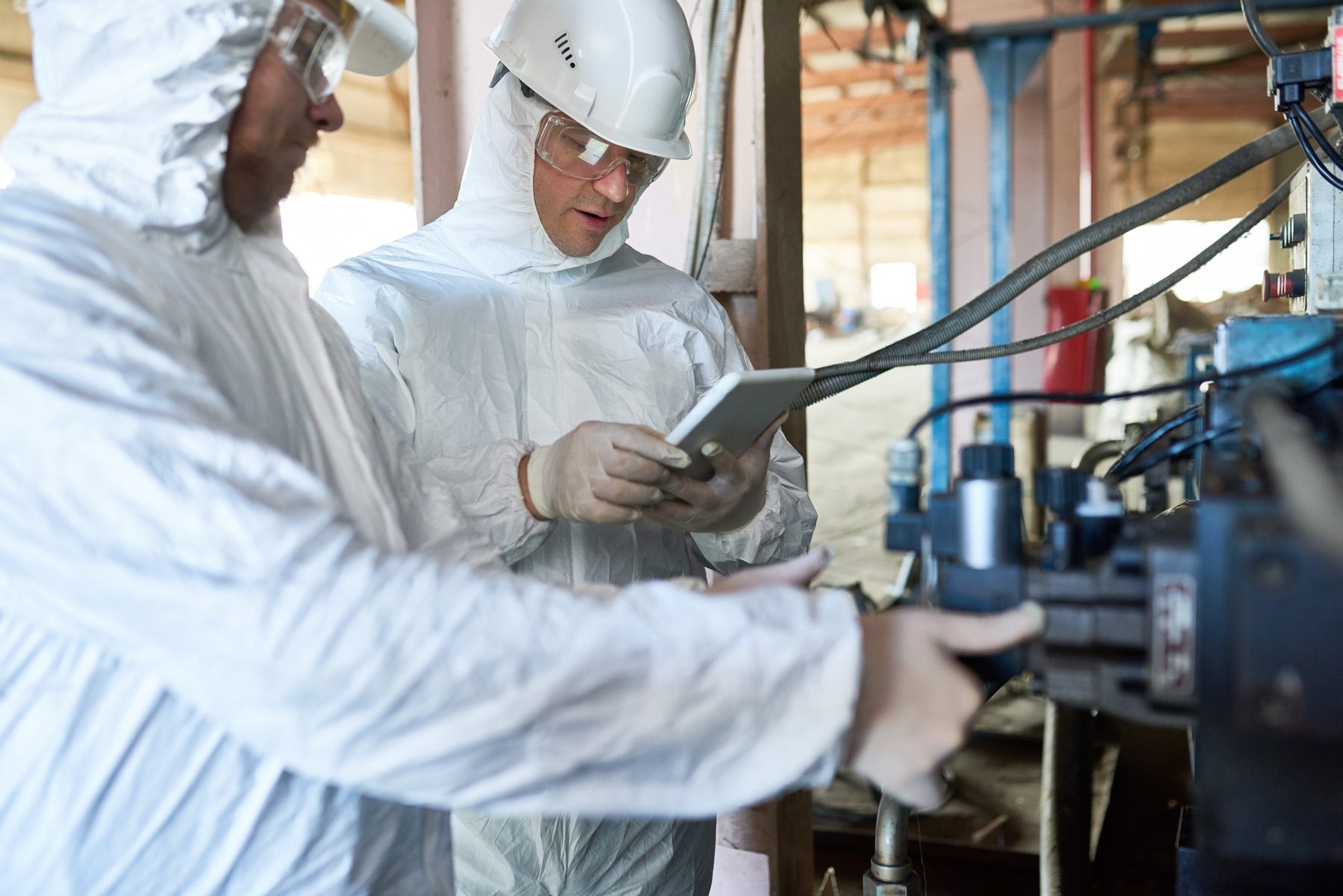
Maine hazardous waste regulations are directed by the State of Maine Department of Environmental Protection (DEP). The DEP issues regulations and establishes rules that govern the safe management and transportation of hazardous wastes in the state to protect people, workers, communities, and the environment. Though the framework for the state rules and regulations are built upon the minimum Federal rules, they are tailored to Maine’s unique coastal and inland environment and its strong reliance on groundwater for drinking water.
The business of properly handling hazardous waste in Maine is taken very seriously. All hazardous waste generated in the state must be properly handled and disposed of following DEP rules and regulations. Failure to comply with hazardous waste disposal regulations can penalize organizations and businesses.
To ensure that your company, lab, or institution is up-to-date and in compliance with the law, here are 6 helpful tips for handling hazardous waste in Maine:
1. Proper Storage Containers
The use of appropriate hazardous waste storage containers is essential for safe disposal. Hazardous waste materials must be stored and sealed in containers compatible with the waste being stored there. Incompatible wastes cannot be stored or mixed in the same container. Containers have to be in good condition, without any rust or cracks that could result in leaks or spillage, and made of weather and corrosion-resistant materials.
2. Designated Storage Areas
Facilities, labs, and institutions should have a designated area within the building to store hazardous waste. Inspections of the containers in storage areas should be conducted at least once a week. Inspectors should check to ensure the containers are sealed properly, look for any signs of wear or leakage, and document in writing the date, time, observations, and repairs if needed.
3. Labeling and Marking
Hazardous waste must be properly labeled and marked with hazardous waste stickers to protect handlers from hazardous material. Labeling or marking of tanks, barrels, or any kind of container used for storage, accumulation, and shipping is mandated by law. The hazardous waste stickers should correctly identify the presence of hazardous materials, the generator of that waste, when the waste was placed in the container, and its composition, i.e., the hazardous properties of the waste. The stickers must be placed in clearly visible locations on the container for easy reading.
4. Hazardous Waste Training
Hazardous waste training of personnel is mandated by law for all employees who handle hazardous waste for your company or organization. All employees handling hazardous waste must be properly trained by successfully completing a training program directed by a person trained in hazardous waste management procedures. Instruction may be in the classroom, through computer-based online training, or direct on-the-job training. At a minimum, the curriculum must train facility personnel to be familiar with emergency procedures, emergency equipment, and emergency systems about the generator status of the company or organization.
5. Managing Your Generator Status
Under federal and Maine law, a company’s generator status is determined by how much hazardous waste that company generates per month. The EPA has 3 categories of generators: Very Small Quantity Generators (VSQGs), Small Quantity Generators (SQGs), and Large Quantity Generators (LQGs). Maine’s equivalent quantity generator statuses are categorized as SQG, SQG Plus, and LQG. The state must be notified of any changes in hazardous waste quantity generated. The amount of hazardous waste generated per month can not only affect your status, it impact how waste is properly handled and managed. For example, how much hazardous waste training your employees receive depends on your company’s generator status. LQG facilities must have designated hazardous waste personnel with specialized training in handling hazardous waste. On the other hand, the small generators need only have their hazardous waste personnel “thoroughly familiar” with emergency response systems, and proper waste handling procedures.
6. Maintain Your Generator Identification Number
In Maine, hazardous waste generators must obtain a generator identification number assigned by the EPA and the DEP, including any specific identifying number or letter that the state may assign. Small quantity generators need only a state identification number. Generators can only offer hazardous wastes for disposal to licensed transporters who have obtained an identification number as well.
Contact Maine Labpack
Following these helpful tips will help your organization or business establish the proper procedures and protocols to remain in compliance with Maine hazardous waste regulations. They can also help ensure your facility, lab, or business, and employees, are protected. If you are unsure of or need help with handling your hazardous waste, contact the professionals at Maine Labpack. We are a licensed provider and offer comprehensive hazardous waste collection services to make sure our customers comply with Maine regulatory obligations.
